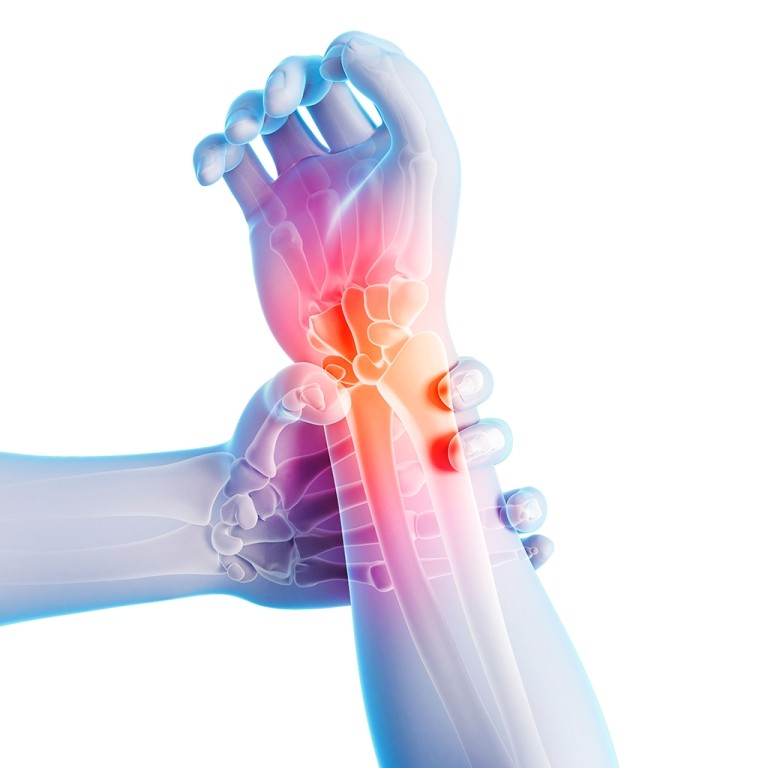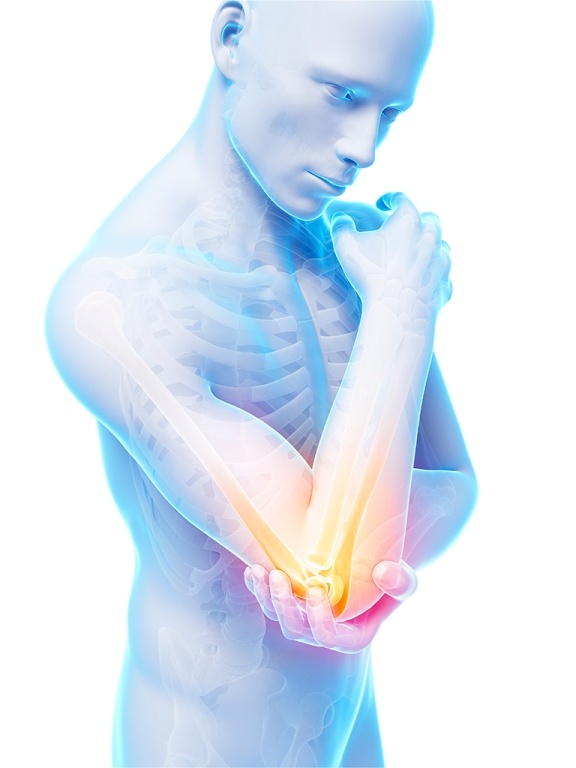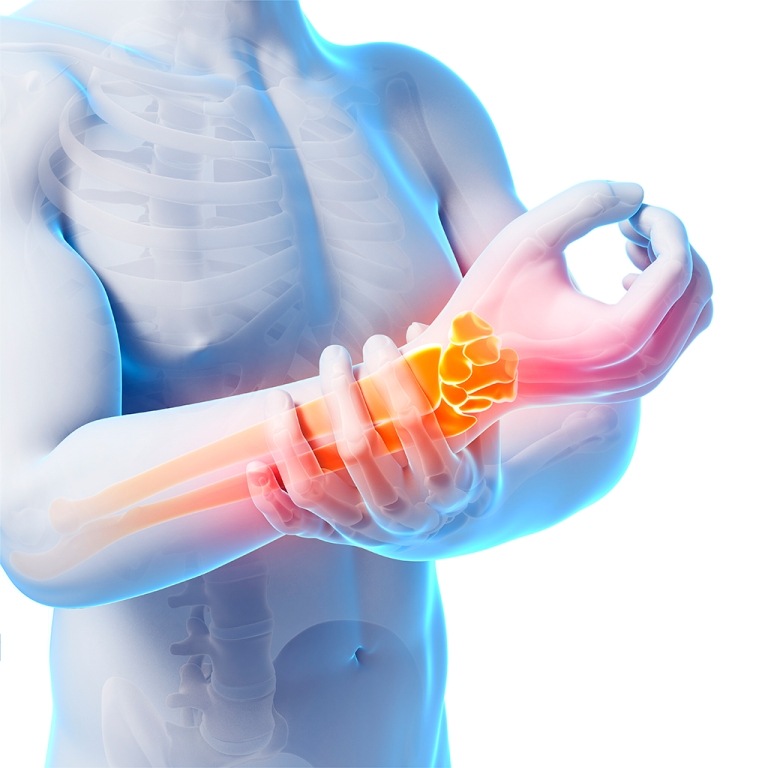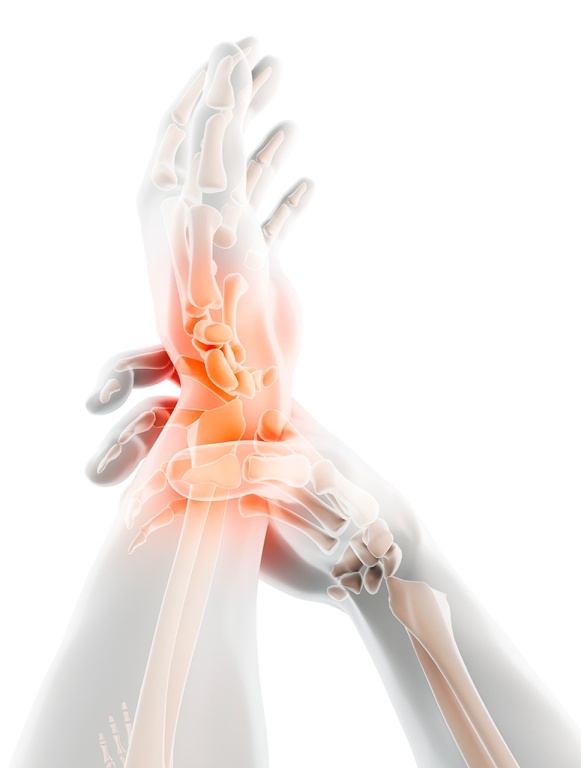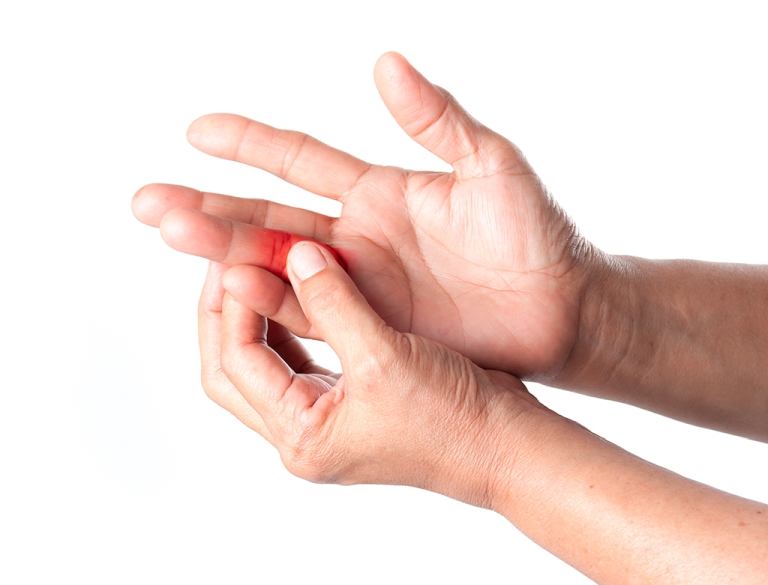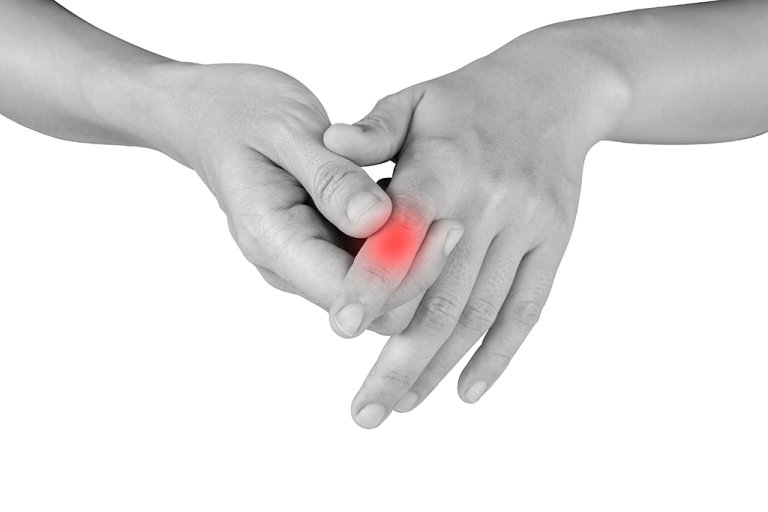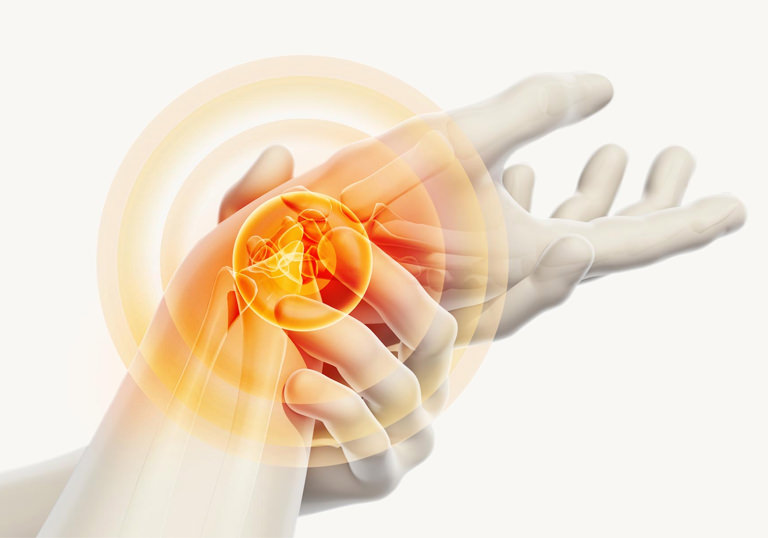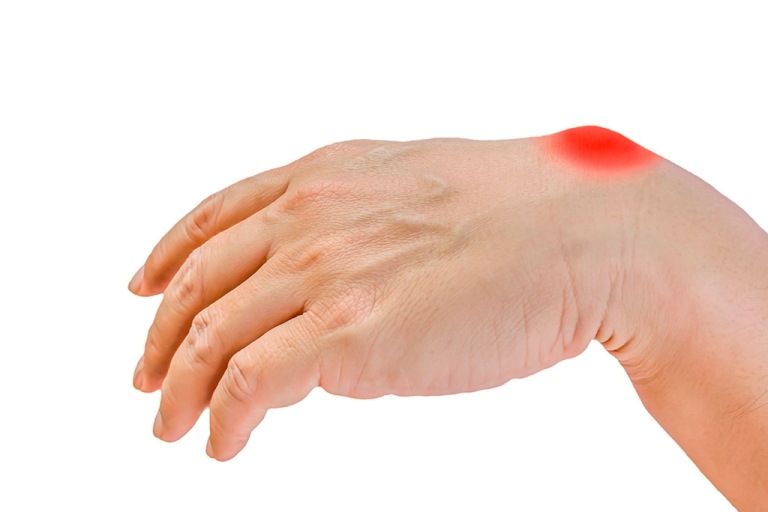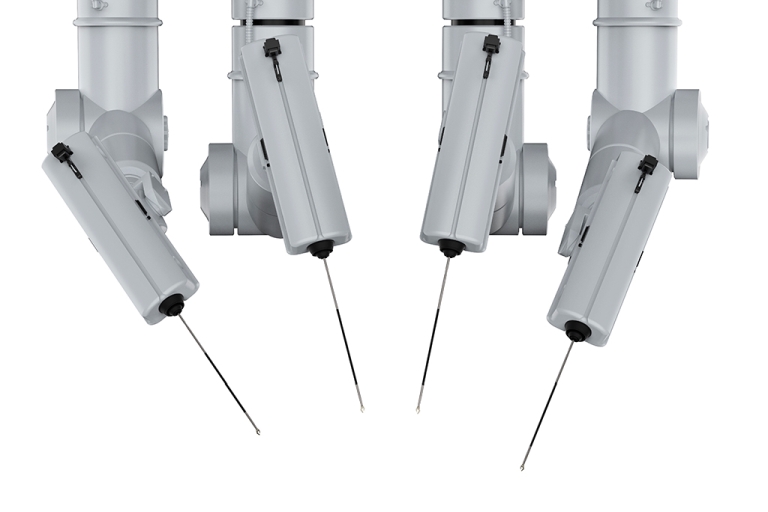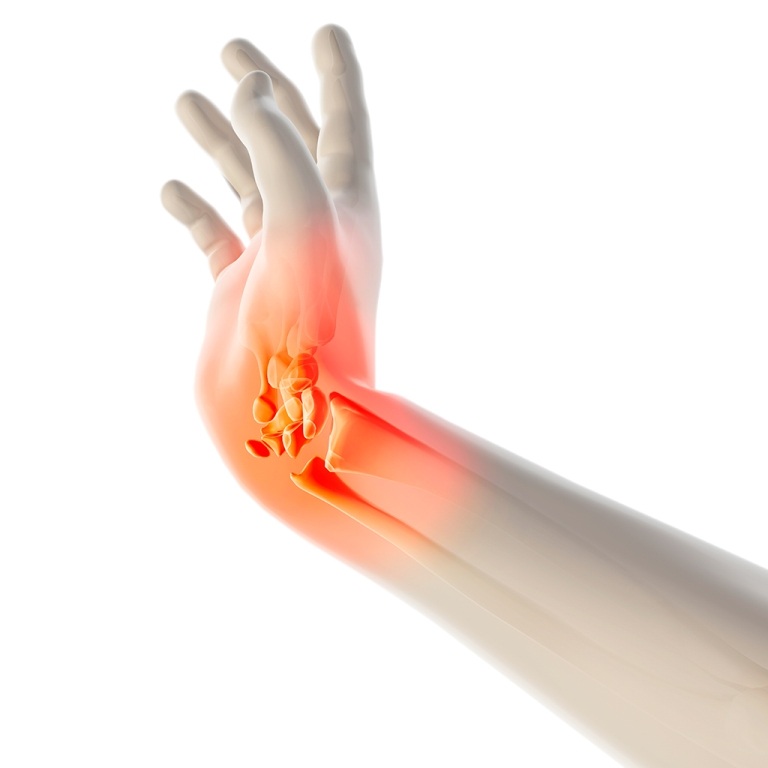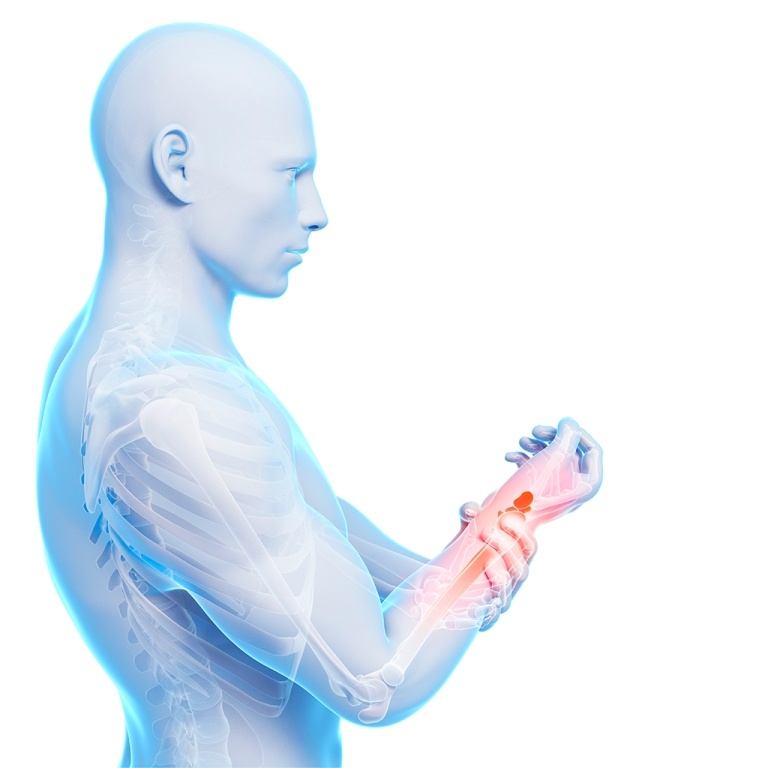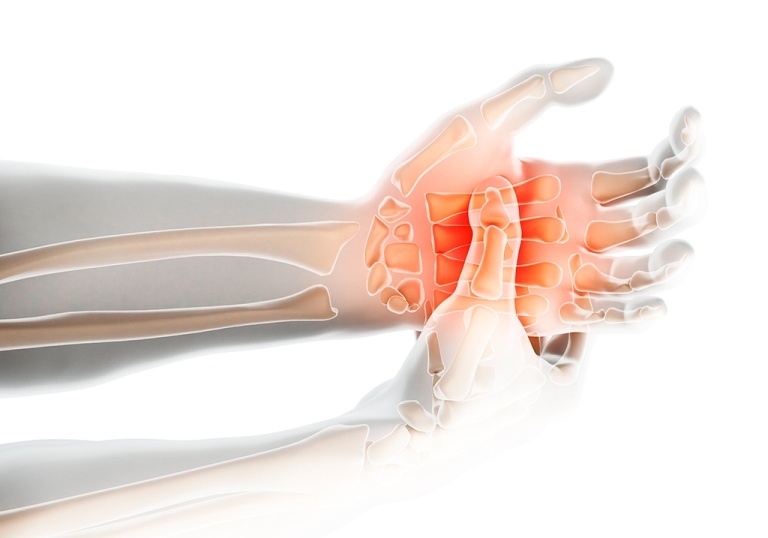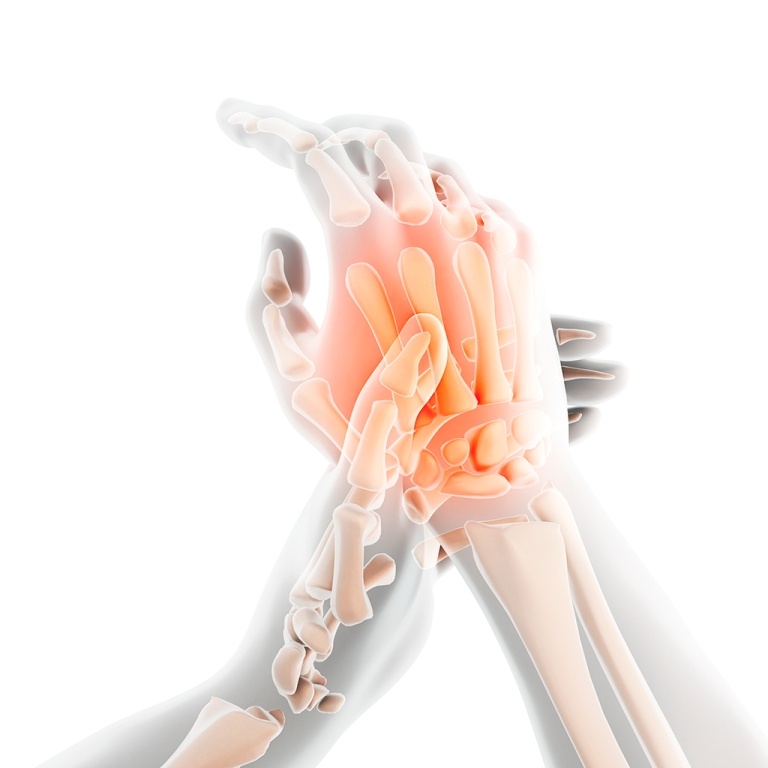Is your hand injured or in pain?
Located in Toronto, Ontario, Dr. Chad Wu is a Chief Plastic Surgery in Yale NewHaven Health-Westerly Hospital, board certified hand surgeon internationally recognized for excellence in the diagnosis, treatment, and comprehensive management of adult and pediatric hand, wrist, and upper extremity conditions and injuries. Dr. Wu takes a personalized approach to each patient, spending the time necessary to explain and understand your condition. Together, we work towards getting you back to the sports, activities, and hobbies you enjoy.
Dr. Wu and his staff are dedicated to providing the highest level of quality hand care for their patients offering a wide range of medical services including advanced imaging, injections, surgery, and therapy. While most conditions improve with conservative treatment, for those requiring surgery, Dr. Wu offers state of the art minimally invasive and arthroscopic techniques based on up to date research and technology. Most procedures are performed on an outpatient basis under local anesthetic and monitored sedation.
When you choose Dr. Chad Wu, you are choosing a provider that will ensure the most up to date, highest quality care available. Whether you are seeking an initial evaluation or a second opinion for your injury or condition, Dr. Wu and his staff are available to discuss further options for your care.


